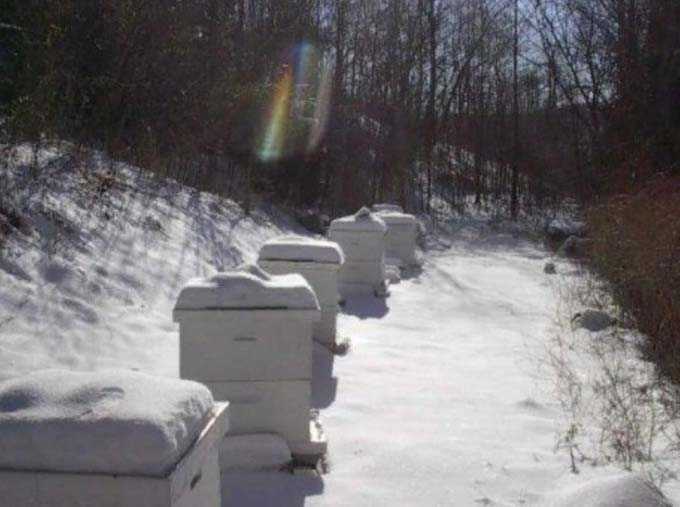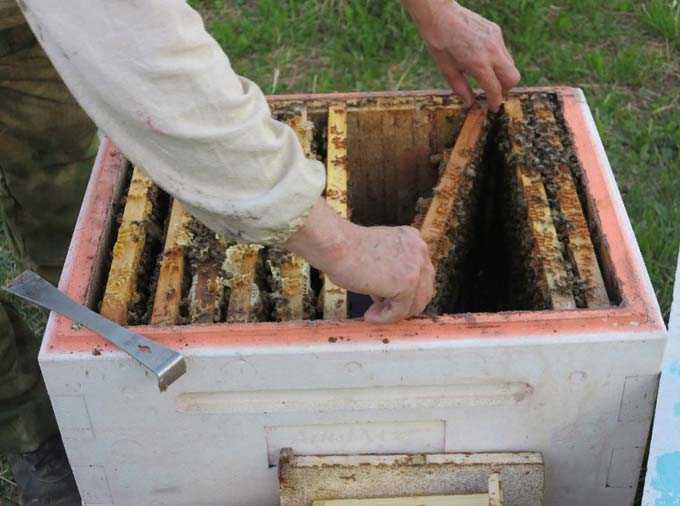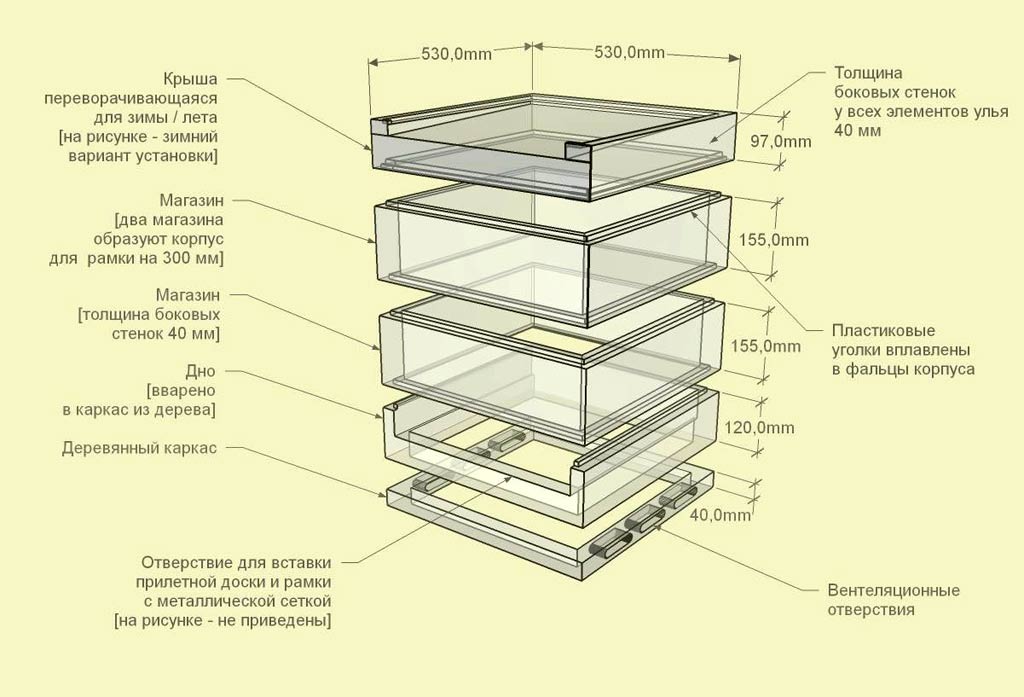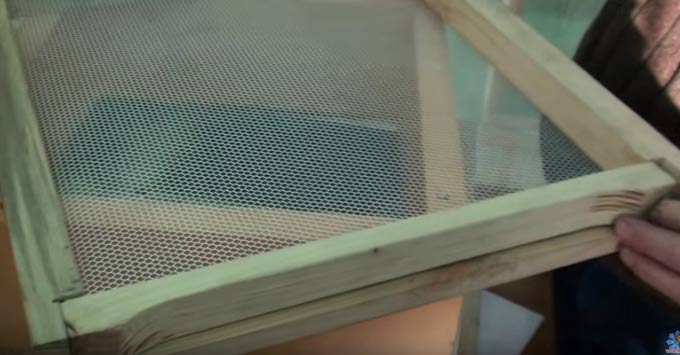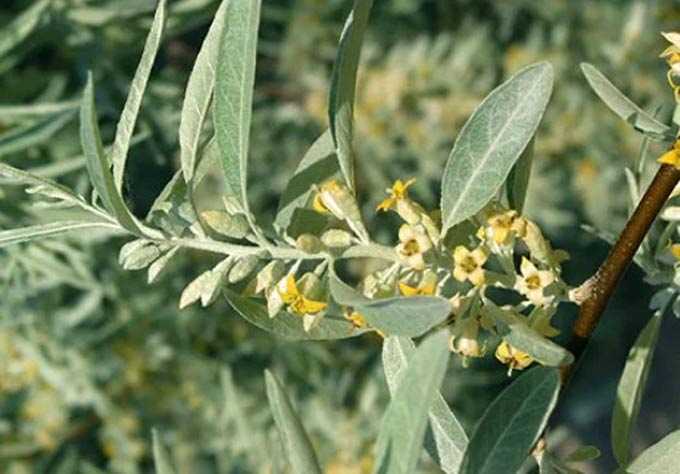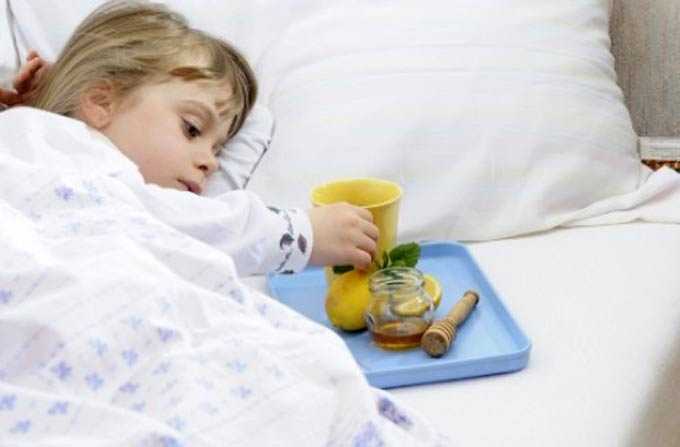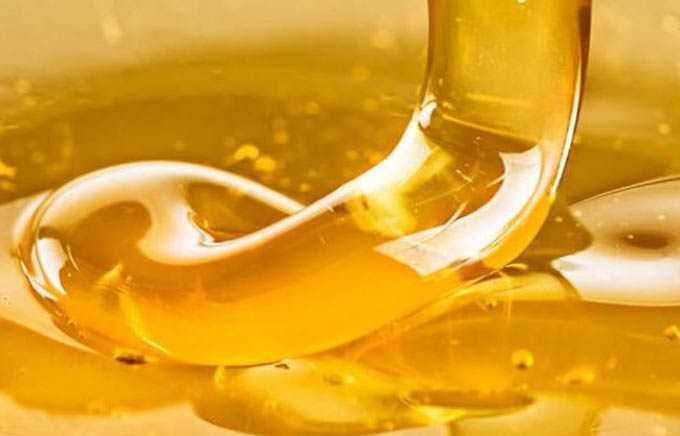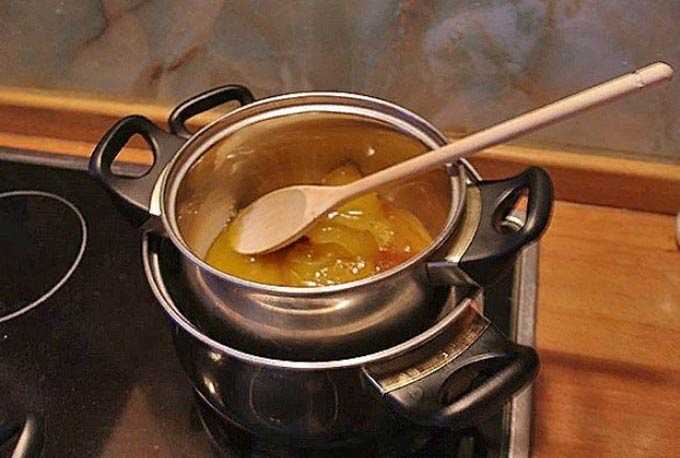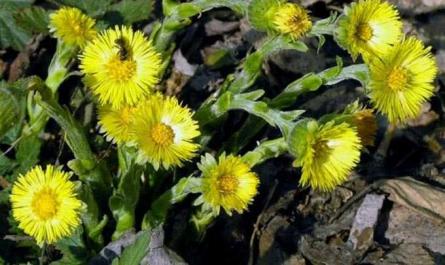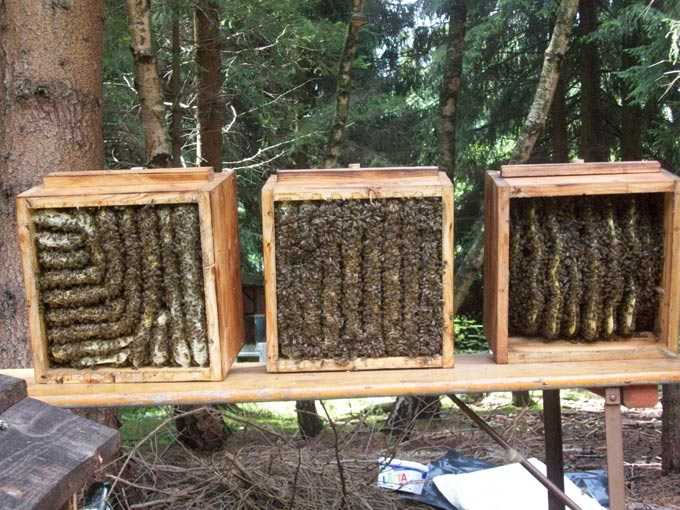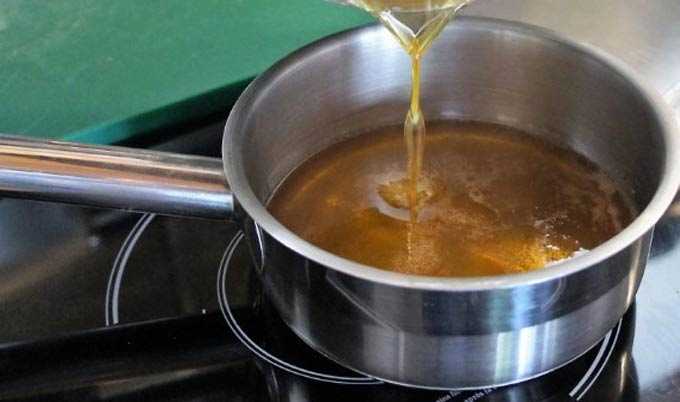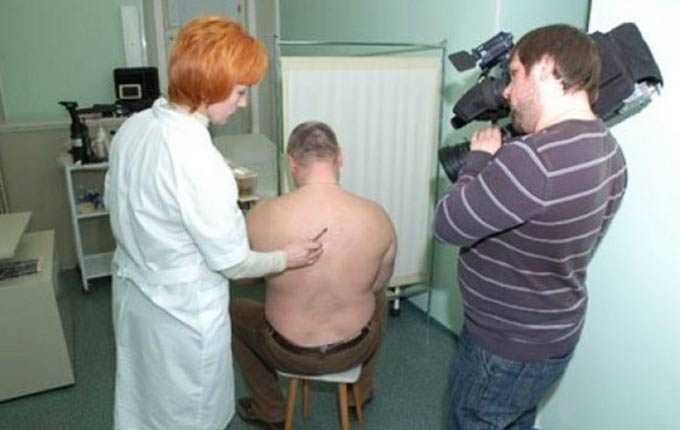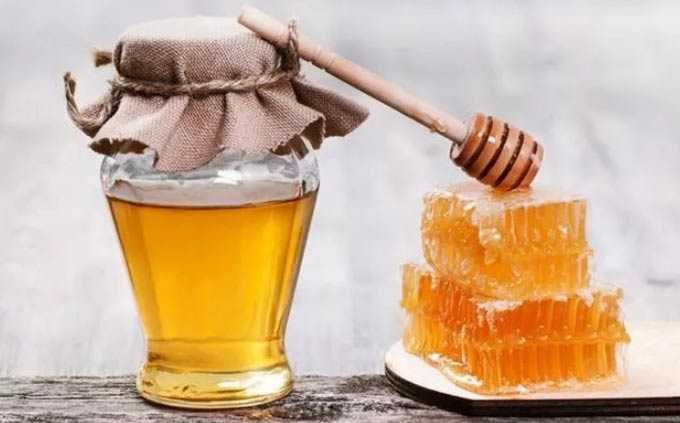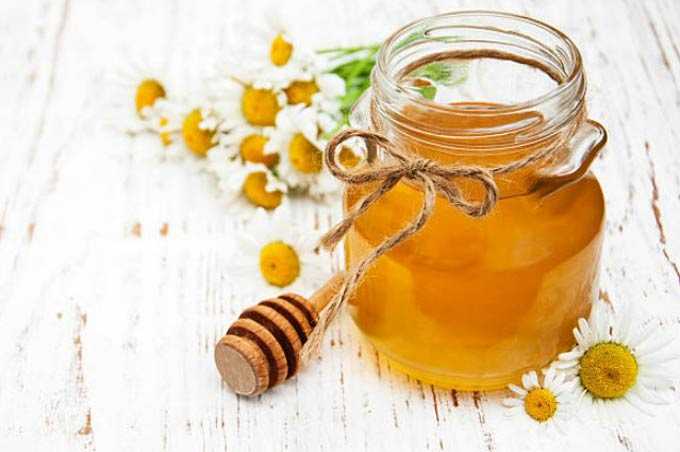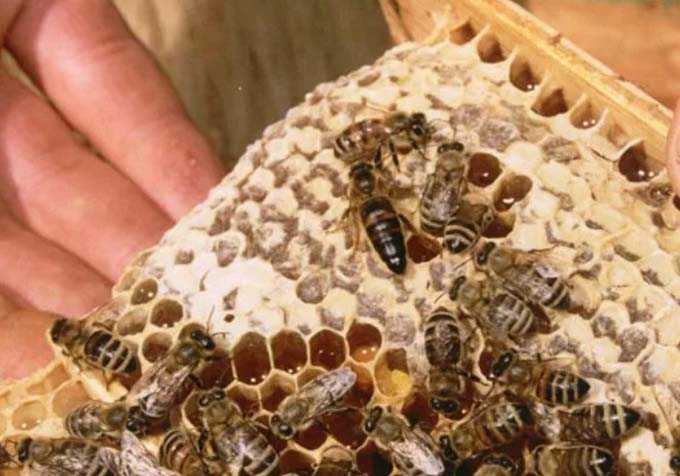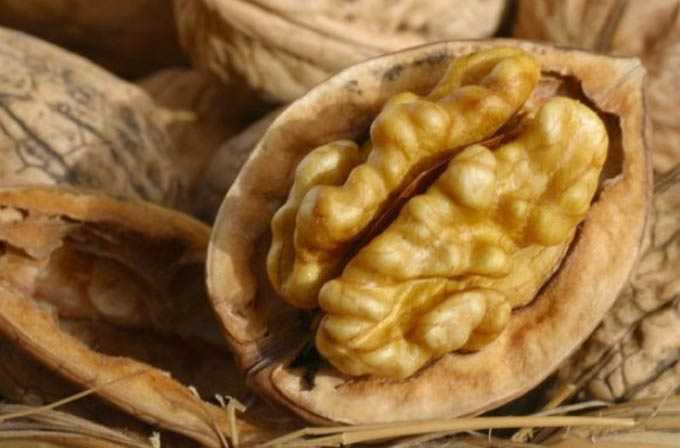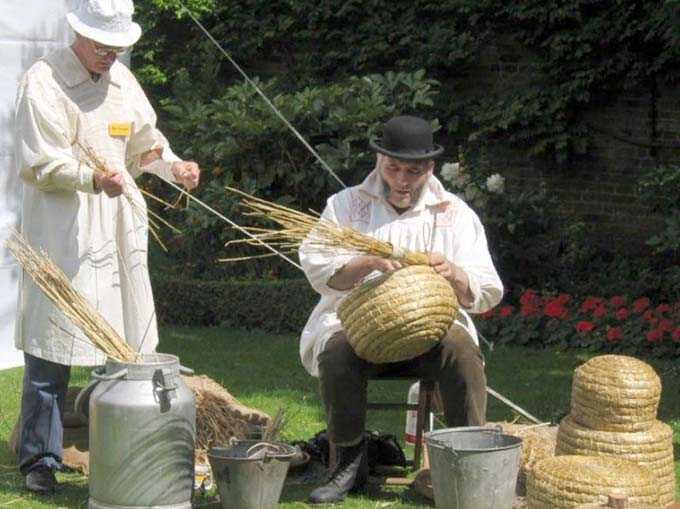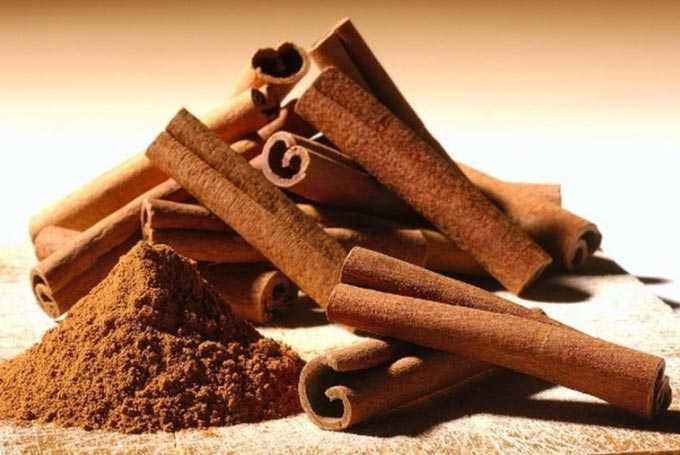The Styrofoam hive is considered an alternative to the classic wood-built structure. This material is actively advertised in Europe. For example, it is preferred by a well-known manufacturer of Finnish bee box beehives.
However, with all the advantages of foam in a professional environment, especially in the spaces of our homeland, they are very wary.
The content of the article
- 1 Opinion of professionals
- 1.1 Disadvantages of the material
- 1.2 Material Advantages
- 2 Features of keeping bees
- 3 Manufacture by own hands
- 3.1 What you need to work
- 3.2 Drawings and dimensions
- 3.3 Assembly
Opinion of professionals
Artificial building material cannot be called 100% environmentally friendly. It is unlikely to be used by beekeepers containing so-called organic apiaries – and this is an indisputable fact.
Therefore, when choosing foam hives, you need to think again, do your apiary really need them?
Polyfoam provides a comfortable wintering in a harsh climate. He really helps out beekeepers in the northern regions with long cold winters, late spring and fleeting summers.
In more benign environmental conditions, this polymer can bring additional problems, especially with poorly organized ventilation in the hives.
Disadvantages of the material
When operating hives assembled from foam sheets, a number of disadvantages are found:
- The design is very light – on average, the body weighs from 1,5 to 3 kilograms. It is easily overturned by the wind, which requires additional fasteners or installation of weights in the form of bricks on the bottom.
- Polyfoam has a cellular structure – at the slightest load, accidental impacts, it begins to crumble into granules. Therefore, such hives are defenseless against the invasion of birds and rodents, which are often attracted by apiaries.
- During operation, styrene vapors are released into the space of the hive (the older the hive, the more active evaporation occurs – for this reason, foam is not recommended for installation in residential premises!).
- Also, the elements of the hive can be gnawed by the bees themselves. Depending on the breed, these insects are active in relation to their home – they manage to spoil the laps, the area around the entrance, the joints of individual parts (if they are of poor quality and let light through).
- Collecting propolis is completely excluded! If you scrape the walls, pieces of foam break off along with the valuable bee product.
- The material can only be disinfected with special chemicals, and washed only with a solution of soap.
- And the most important thing is that the foam does not “breathe”. All moisture accumulates inside the nest, and then flows down to the bottom along the walls. For this reason, special ventilation holes must be made in the floor of the hive, taken away with a net.
Also, beekeepers note the abnormal activity of bee colonies during wintering. If you open the lid, you will notice that the bees are not sitting in the club. The result of such wintering is overconsumption of feed (up to 30 kilograms of honey are eaten for a strong bee colony).
True, the uterus begins egg-laying in the spring at the earliest possible date. This feature is touted as a great achievement. But whether it is worth treating bees in this way, violating their natural cycles, is up to you.
Material Advantages
Foam hive:
- durable (subject to the rules of operation);
- it is cheap if assembled by hand;
- easy to transport due to its low weight;
- protects bees well from summer heat and abnormal frosts;
- does not absorb water and does not become moldy from the inside;
- easily assembled when assembled in a home workshop.
Features of keeping bees
Bee houses made of polystyrene should not be brought into the winter house – the bees can get worn out and die. For the winter, hives are left outside, gathering them in small groups so that the side walls are in contact with each other for better heat retention.
Due to the increased activity of bee nests, the flight in the spring will come earlier than usual. And by the period of honey collection, the families will be strong, since the brood hatching will also begin at an earlier date.
Important points of content:
- Ventilation is the key to the health of bee colonies! Holes should be provided on the bottom of the hive to remove moisture. In summer, it is best to use a fully mesh bottom.
- The nests are not insulated for the winter.
- To save feed in such hives, only weakened families and layering can be kept. The rest of the bees will live in wooden hives.
Outside, the foam must be reliably protected from direct sunlight – here water-based paint is applied in two layers with the addition of a color of a suitable shade.
Manufacture by own hands

The thickness of the parts of the hive is chosen depending on the climate – the thicker, the more reliable the house is in cold winters. Maximum protection will be provided by the 50 mm sheets used for mounting the sides and bottom of the case. And the thickness of 30 mm in terms of thermal insulation characteristics is equal to 300 mm of wood.
Another important point is ensuring a minimum of waste. First, drawings are made, all calculations are performed and only after that building material is acquired.
Standard sheet dimensions are 1,2 by 0,6 meters. For small parts, you can use foam packaging from large household appliances available on the farm.
Important: Styrofoam is popularly called polystyrene foam. However, in reality, these are materials with different technical characteristics, although they belong to the same group of polymers.
Classic styrofoam – what we see in different packages. It is a white material with pronounced granules and an open-cell structure. It is fragile and fragile in compression. Manufactured without pressing.
Extruded or extruded polystyrene foam – material with a closed-cell structure, more dense and reliable in operation. Its bright representative in the domestic market is Penoplex. Such material is so durable that its individual brands are used not only for insulation, but also for laying runways and highways. Manufactured using pressing.
What you need to work
To assemble a Styrofoam hive with your own hands you will need:
- waterproof glue (Titanium, PVA or liquid nails);
- a sharp knife for cutting out parts or an electric jigsaw;
- fine-grained sandpaper for processing sections;
- Whatman paper, pencil or marker, ruler – for making drawings and blanks;
- screwdriver (electric screwdriver) and self-tapping screws;
- metal mesh with a cell of 2 by 2 mm for the arrangement of ventilation;
- metal corner 1,5 by 1,5 centimeters to strengthen the folds and walls;
- metal profile for the cover.
Drawings and dimensions
Do-it-yourself foam hives are assembled according to the drawings corresponding to the type of construction. Most often, cores and Dadans are made from this material. But no one forbids making a sunbed or a multi-body system.
For a multi-body hive for 10 standard half frames, the internal dimensions of each section are 450 by 375 millimeters.
And for a 16-frame hive under a honeycomb frame 435 by 300, the dimensions are as follows (in mm):
- nest housing – 690 by 540, height 320;
- shop building on a half-frame – 690 by 540, height 165;
- cover and bottom – 690 by 540, height 80;
- aperture – 450 x 325, thickness 25.
The Dobrynya + modular system, sold by the manufacturer at a price of 6 rubles, has similar dimensions.
Styrofoam beehive drawings can be used to assemble a double-hull system. To read:
Production of beehives from expanded polystyrene plates
Assembly
For all details, allowances of 0,5-1 cm are given. Cutting is done with a knife held at a right angle. They are guided several times along a metal ruler.
The parts are lapped with sandpaper.
Inside, along the front and rear walls, folds of 20 by 11 millimeters are removed, on which metal or plastic corners are mounted with glue. Frames will hang here.
The parts are assembled using glue with additional reinforcement of the joints with self-tapping screws (pitch 10-12 mm, the length of the screws is not more than 5 mm).
The body handles are made from pieces of foam – they are glued from the outside along the side walls. After drying for XNUMX hours, the hive is processed from the outside with sandpaper. All defects and cracks at the joints are filled with polyurethane foam.
A frame with a ventilation mesh is inserted into the bottom. The lid can be assembled from either foam or slats in combination with plywood. Galvanized iron or a sheet of metal profile serves as protection from atmospheric precipitation – the main thing is that the roof does not outweigh the entire structure.
Outside, the body is painted with water-based paint with the addition of the desired color. It is allowed to use facade paint, which is applied to a pre-glued mesh (the paint layer is reinforced).
Note: From the inside, you can stick on foil tape, which will protect the bees from contact with the foam.
And the use of a frame made of bars with a cross section of 30 by 30 mm will help to strengthen the structure, into the grooves of which foam wall parts are inserted. Such a hive can withstand a load of 200-300 kilograms without deformation. Using plywood with a thickness of 6-10 mm, it can be easily converted into a full-fledged double-walled frame structure.
